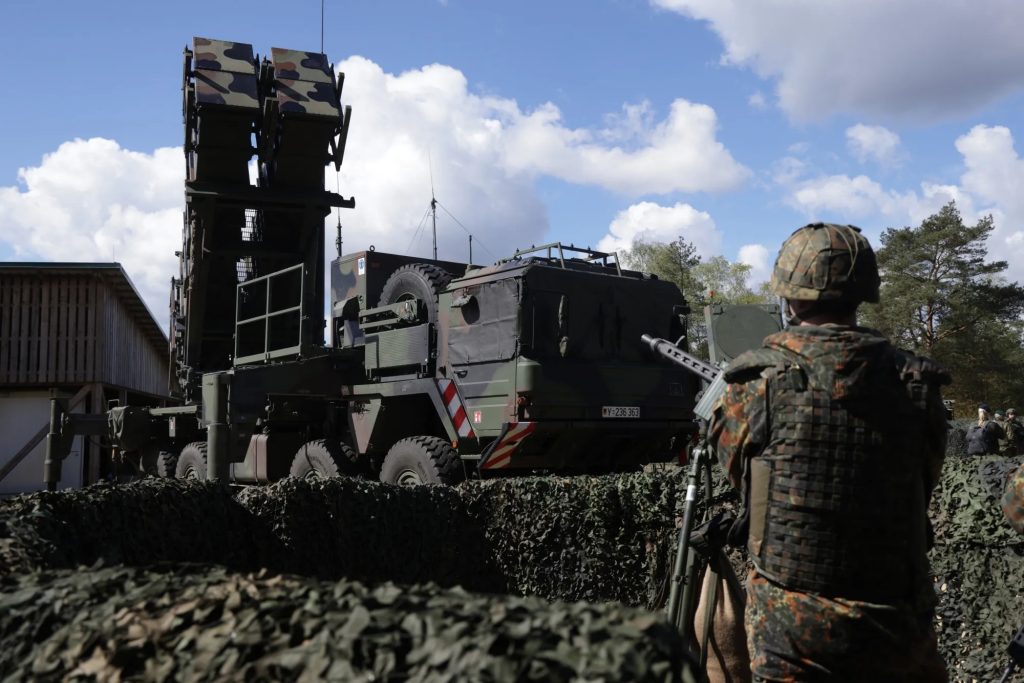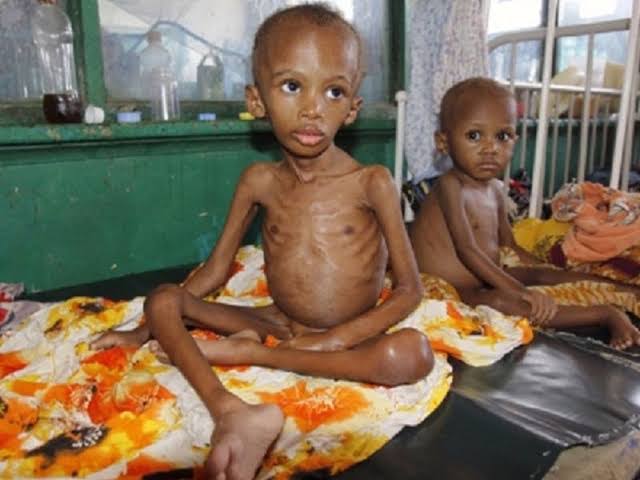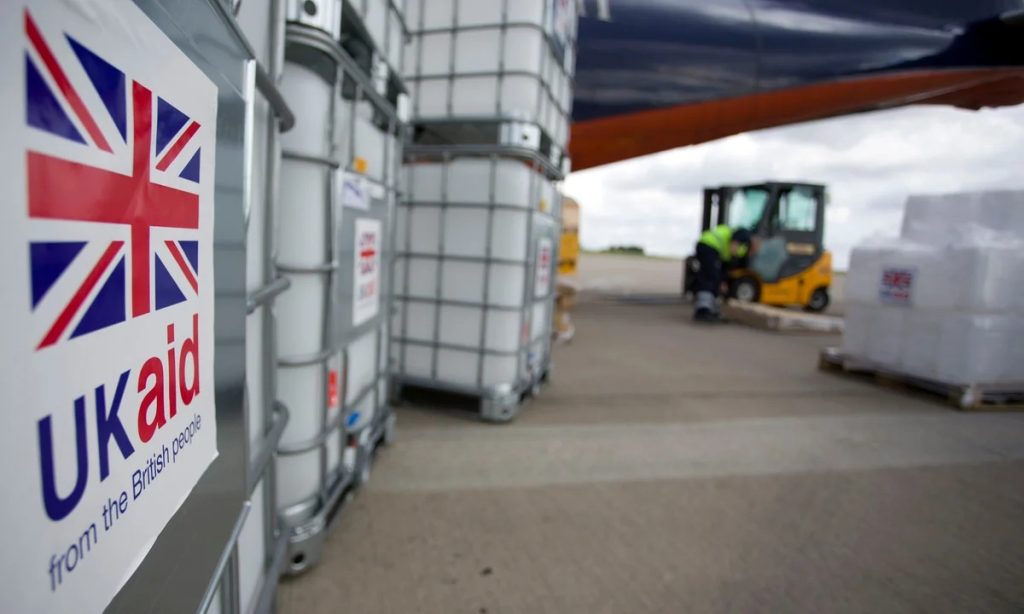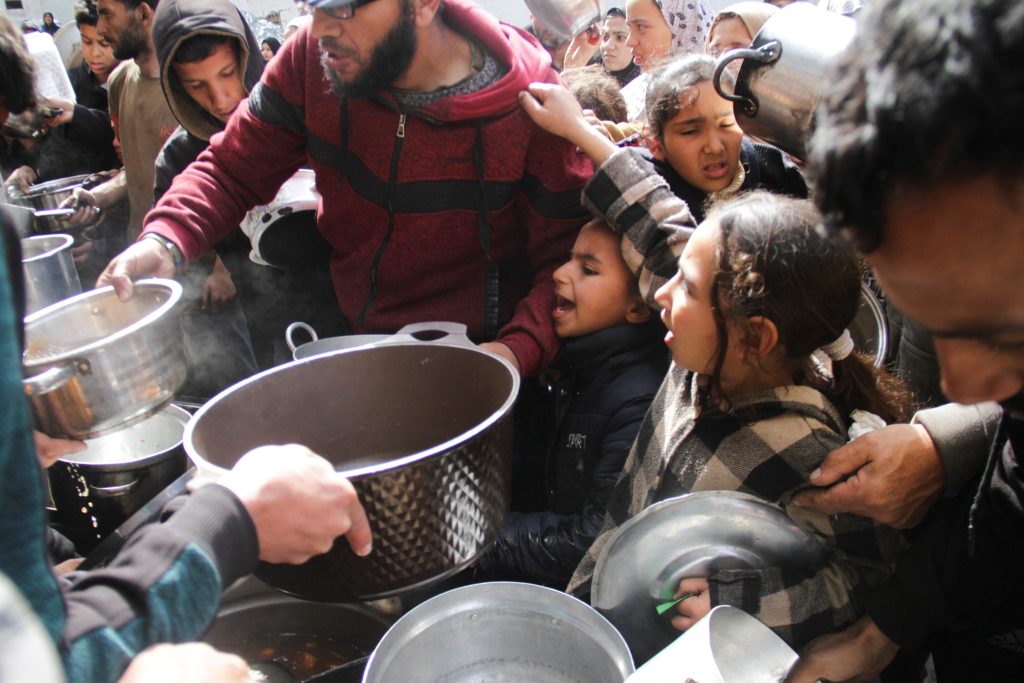News
Gaza Hunger Claims ‘Propaganda,’ Says Israel Amid Rising Death Toll
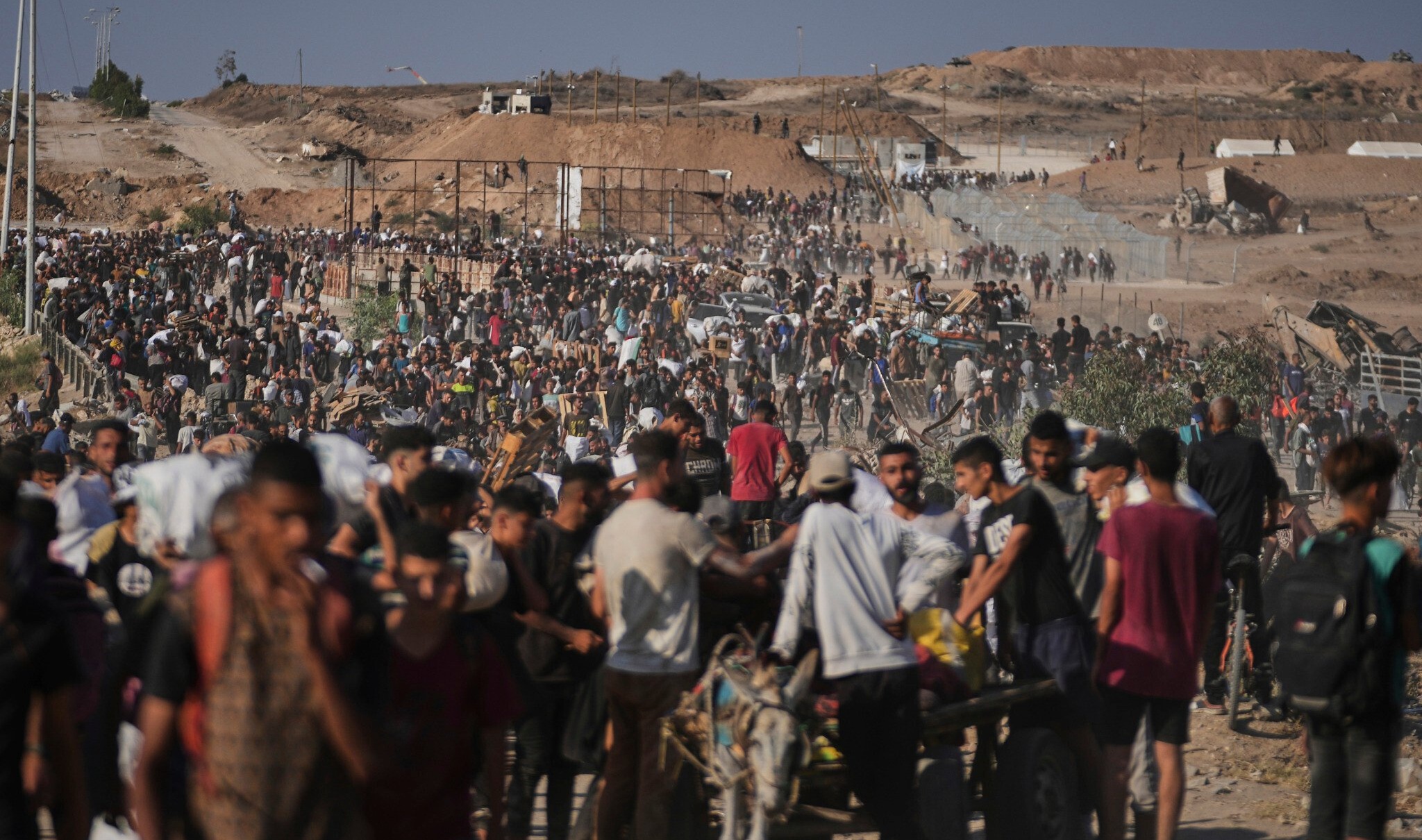
Amid escalating claims by Hamas of widespread starvation in Gaza, a senior Israeli security official said on Tuesday that no famine had been identified, but stressed urgent steps were needed to stabilize the humanitarian situation.
However, the official acknowledged a sharp drop in aid delivery in recent days and blamed the United Nations for failing to collect and distribute food.
According to the Coordinator of Government Activities in the Territories (COGAT), which oversees aid coordination in Gaza, around 950 aid trucks are currently waiting at the Kerem Shalom and Zikim crossings to be picked up by UN agencies
“The supplies ready at the crossings are enough for two and a half weeks,” the official said.
“We have not identified starvation at this point, but action must be taken to stabilize the situation.”
He admitted that accessibility issues in certain areas need to be resolved after an in‑depth assessment undertaken by COGAT
While aid trucks are reaching Gaza, the official said the big obstacle lies in distribution.
Despite an agreement to dispatch 70–80 trucks on Tuesday, only 30 were actually collected
Israel insists permit requests from the UN are problematic,
It cites refusal to meet conditions such as requiring Hamas oversight of vehicles or allowing GPS devices that might be diverted to militant groups
Labeling the famine claims “cynical propaganda,” the official said Hamas is using the issue to pressure Israel amid hostage negotiations.
“It’s a timed move aimed at generating international pressure,” he stated
In response, Gaza’s Hamas‑run health ministry reported 15 deaths over 24 hours.
Four of them were children, and they reportedly died “due to famine and malnutrition,” raising the total since the war began to 101, including 80 children
COGAT officials maintain famine has not occurred, citing detailed tracking of aid tonnage and calorific content per truck, corroborated by local distributors
Since the war began, COGAT reports around 4,500 trucks have crossed into Gaza, averaging 71 daily in the past month, with half delivered directly by Gaza Humanitarian Foundation (GHF) sites and the rest to UN‑linked warehouses.
Still, Israeli authorities claim that nearly all aid destined for UN‑linked warehouses has been looted by mobs, not Hamas.
They point to the post-May 19 resumption of aid under a new security-cleared system designed to prevent organized group theft.
This system only admits internationally registered aid agencies after rigorous vetting and allows for sanctions against non-compliant providers.
COGAT stressed that Hamas is deliberately sabotaging the new system.
This includes GHF sites, a sentiment echoed by several Western governments who have criticized Israel’s refusal to endorse an alternative governance for aid distribution.
Despite these measures, the GHF has faced heavy casualties.
UN reports indicate that more than 1,000 Palestinians have been killed by Israeli forces while attempting to access aid at GHF-run centers since late May.
This is a claim Israel disputes even as it confirms “warning shots” were fired.
The UN Office for the High Commissioner of Human Rights reported over 400 Palestinians killed near food distribution points since GHF began operations.
It described the tactic as possibly amounting to war crimes
The situation has triggered international alarm.
More than two dozen Western nations, including the UK and EU members, have demanded an end to hostilities in Gaza, denouncing the apparent “inhumane killing” of aid-seekers
Yet, Israeli officials emphasize the crux of the problem as distribution, not delivery.
Studies show that since January 2024, food deliveries have provided ample calories per person.
This reportedly exceeds emergency thresholds.
However, distribution remains disrupted by insecurity and bureaucratic hurdles.
Ultimately, while famine has not been officially declared, the humanitarian toll is undeniable.
Thousands are suffering, hundreds have died seeking aid, and both Israel and international bodies face mounting scrutiny.
The crisis illustrates the deadly intersection of wartime violence, bureaucratic gridlock, and the struggle to save civilians trapped between competing narratives and real-world devastation.
For Diaspora Digital Media Updates click on Whatsapp, or Telegram. For eyewitness accounts/ reports/ articles, write to: citizenreports@diasporadigitalmedia.com. Follow us on X (Fomerly Twitter) or Facebook




